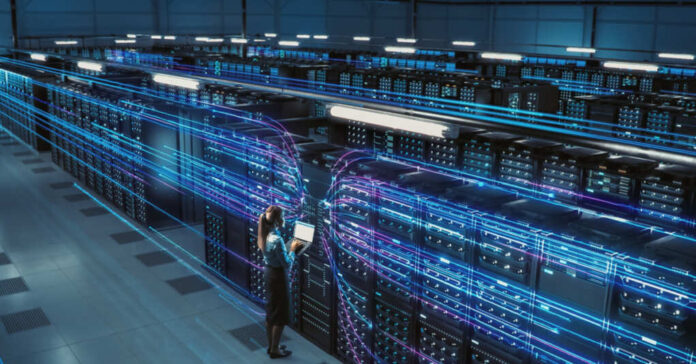
While interest rates are making the prospect of investing in a home a pipe dream for much of America, the real estate market has pivoted away from its focus on residential. Instead, now they are looking to build on the silicon prairie of unusual cities for data centers. Gone are the glistening skyscrapers of NYC or Chicago, instead underutilized and cheaply sold-off buildings in places like Northern Virginia, Columbus, OH, and Salt Lake City, UT.
These areas have lots of large and vacant commercial real estate, high-speed internet access readily available, and are easily accessible. These tall and boxy buildings are all about efficiency, and that’s exactly what data centers need to be successful. Capable of taking large levels of weight, these buildings are the perfect homes for the tall rows of computers and servers and are capable of easily cooling the air around them so they maintain the right temperatures.
Ever since the remote exodus brought on by COVID, there has been a tremendous surge in data centers. With infrastructure buildings for communications equipment, fiber optics installations, cell towers, and other tech innovations springing up nationwide to support these centers, a few major companies are behind the innovation and growth.
With much of this growth coming from the new artificial intelligence (AI) networks, it means rural Americans can take extra advantage of these innovations. New cooling technology means less need for resources from urban areas. So, as long as the local power company can support them, rural Americans can start cashing in on the boom with unused real estate. Marc Ganzi, DigitalBridge Group’s chief executive, thinks this could be a real game changer for the country.
“We believe AI is going to take a decade or more to build, and with 50 gigawatts of global data center capacity today, over the next six to 10 years, we will double that capacity to 100 gigawatts. As we see it, data centers are becoming AI factories with data as the input and intelligence and insights as the output.”











